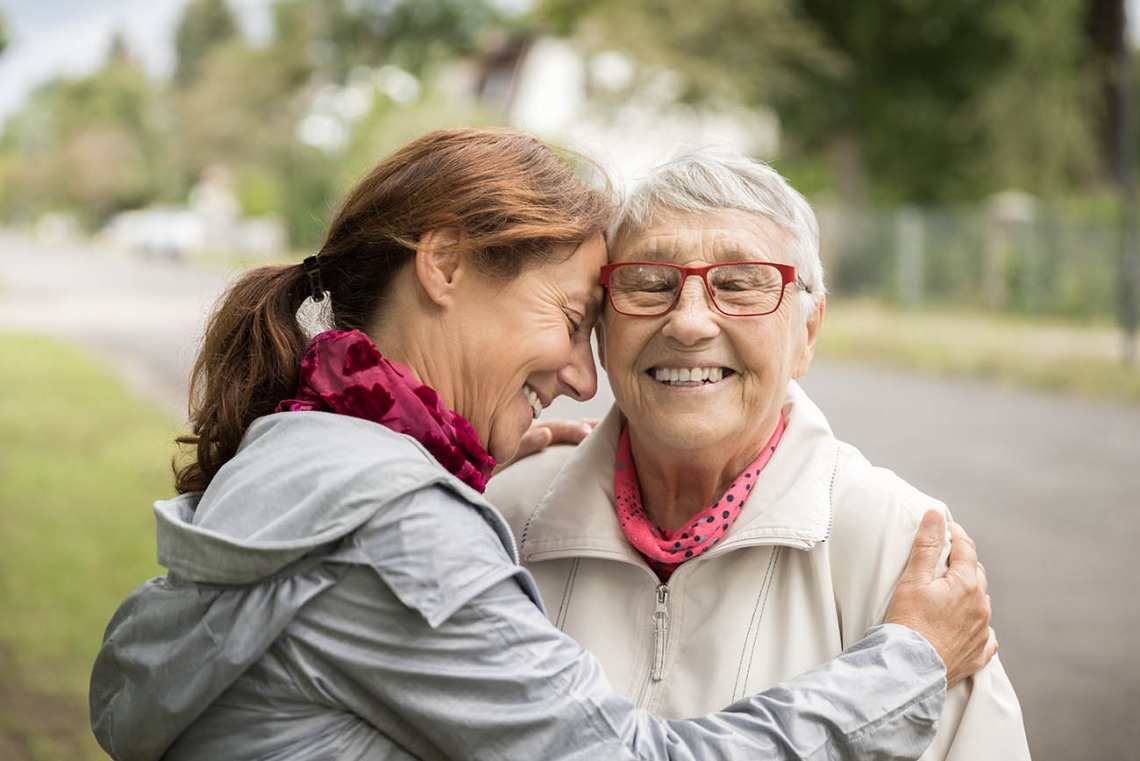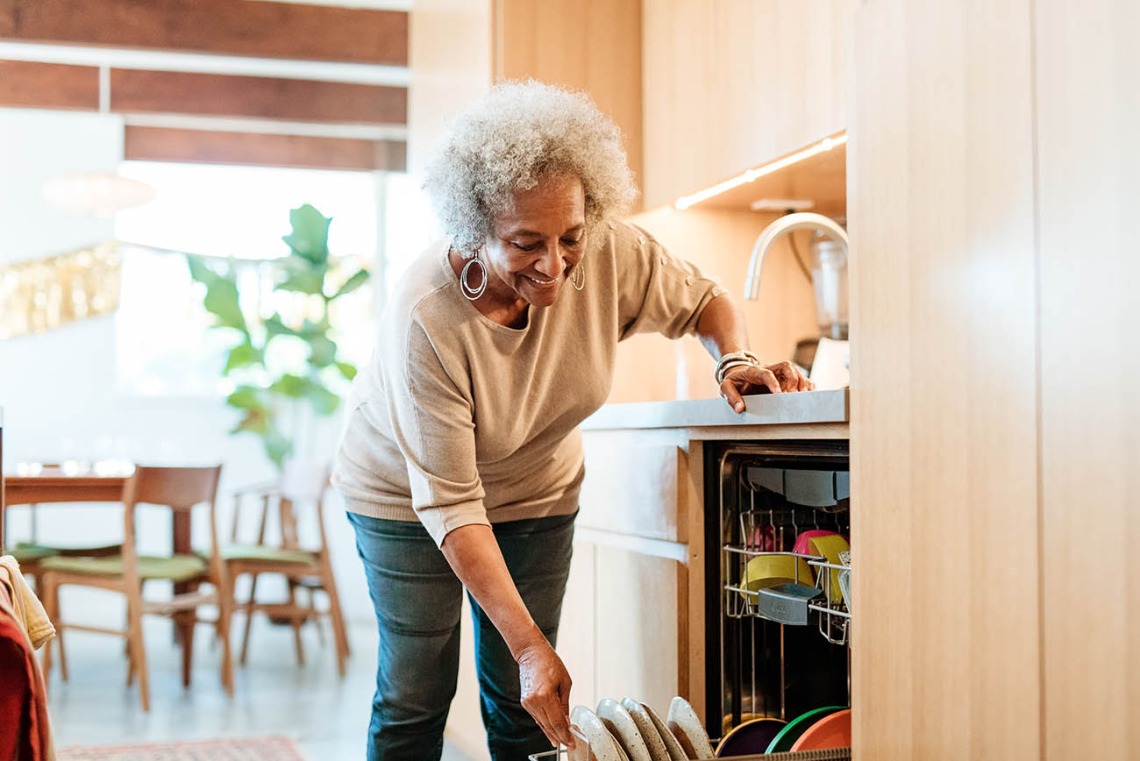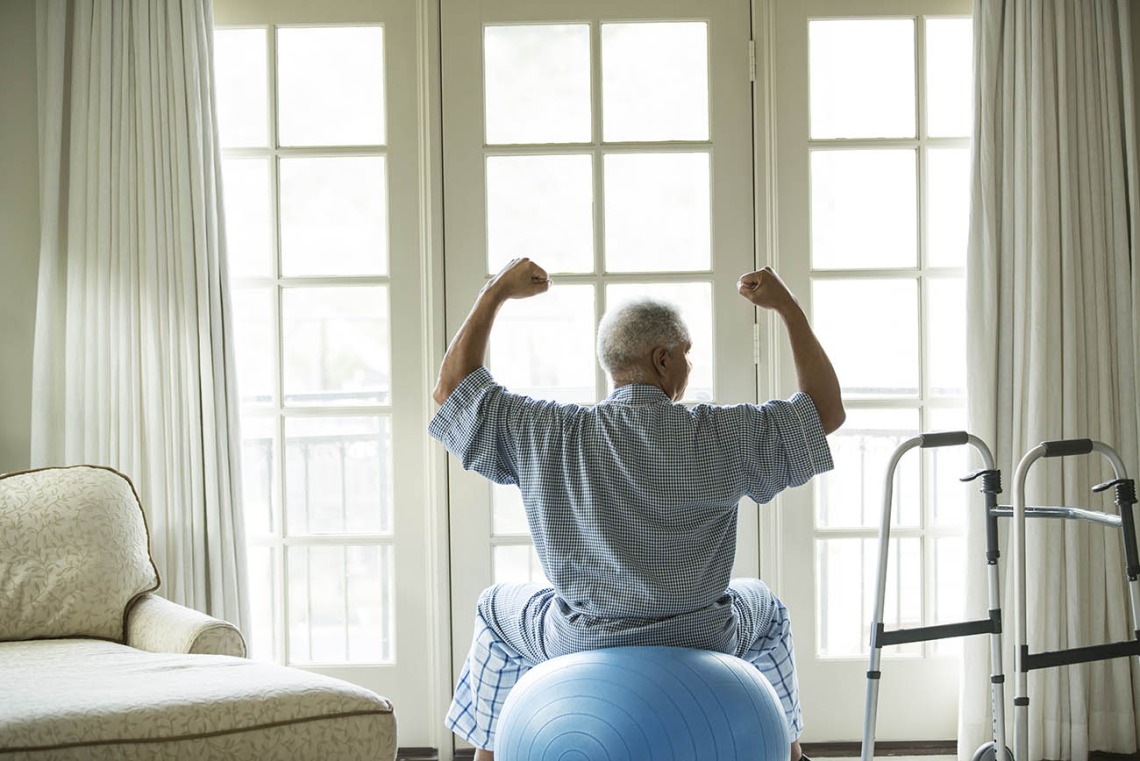Empowering loved ones: conquering the fear of falling
Chris Childers, PT, PhD, shares her insights on addressing the fear of falling among older adults, including the importance of physical activity and support from loved ones in overcoming it.

There are two important observances that take center stage each fall. The first is Fall Prevention Awareness Month in September, followed by National Physical Therapy Month in October. These two themes bring an essential issue to the forefront of discussions: falls among older adults. While raising awareness about fall prevention is crucial, it is equally important to consider the unintended consequences of constantly talking about it.
The fear factor
Think back to the last time you were on a diet. It’s likely that all you could think about was food. Similarly, constant discussions about falls can make us increasingly conscious of the possibility of falling, leading to a fear of moving due to the fear of falling itself. This fear of falling is a genuine issue, akin to common phobias such as fear of heights, spiders or snakes. Imagine seeing a massive spider – your phobia kicks in. Your palms sweat. Your heart races. You start shaking. Now, consider that many older adults experience these sensations every time they try to stand up. This tension can actually increase the risk of falling because they cannot effectively utilize their body’s defenses.
The impact of words
The cycle of fear often starts with well-intentioned comments from family and friends, such as “Mum, don’t go so fast, you might fall,” or “Dad, be careful, you might fall.” Even television commercials with their iconic “Help, I've fallen and I can't get up!” message can perpetuate this fear.

Staying physically active, which can be as simple as walking and engaging in daily activities like housework or grocery shopping, is a way to break the cycle of fear and improve fall prevention without the need for rigorous exercise routines.
The solution: physical activity
One surefire way to break the cycle of fear and improve fall prevention is by staying physically active. Physical activity doesn’t have to mean rigorous exercise routines or lifting weights. It is simply about moving your body to expend energy. Walking is a fantastic and accessible option, and daily activities such as housework, grocery shopping and taking out the garbage can all contribute to keeping the body in motion.
Overcoming the fear
Dealing with a phobia often involves addressing it in a controlled and gradual manner. Similarly, to overcome the fear of movement due to a fear of falling, you must gradually regain your confidence and mobility. Start by playing some music and dancing or stretching multiple times a day. You can even move around your home, holding onto surfaces for support if needed. As you gain confidence, you will decrease your fear and, consequently, reduce your risk of falling.

Enjoying day to day movement is a reminder that while fall prevention is crucial, it's equally important to break free from the fear of falling that can hinder the joy of living fully.
A plea to loved ones
Lastly, it is essential that we stop constantly reminding our loved ones about the possibility of falling. Imagine someone telling you that a large spider or snake is lurking behind you right now – it’s not a pleasant experience. Instead, we should be supportive and encouraging as they work to overcome their fear of falling and regain their mobility.
This fall, as we raise awareness about fall prevention and celebrate National Physical Therapy Month, let’s not inadvertently contribute to the fear of falling. Instead, let’s promote physical activity and a supportive environment that empowers older adults to regain their confidence and mobility, ultimately reducing their risk of falling. By breaking the cycle of fear and supporting our loved ones, we can make this fall season a safer and more enjoyable time for all.
Chris Childers, PT, PhD, is director of the developing Doctor of Physical Therapy program, an associate professor of orthopedic surgery and a board-certified geriatric clinical specialist. Childers trained as a physiotherapist in her native United Kingdom before moving to the U.S. in support of her husband, then serving in the United States Air Force. She worked as a physical therapist in Utah and became a board certified geriatric clinical specialist the same year she completed her Master of Science in Gerontology. In 2006, she moved to California and continued to work in skilled nursing until becoming a full-time faculty member in a developing Doctor of Physical Therapy program. Childers completed her doctorate in health psychology in 2018 with a dissertation on motivation and limitations to being physically active in an assistive living setting. She now resides in Arizona, where she is the founding program director for the the University of Arizona College of Health Sciences’ developing DPT program, which is expected to enroll its first class of students in 2025.

